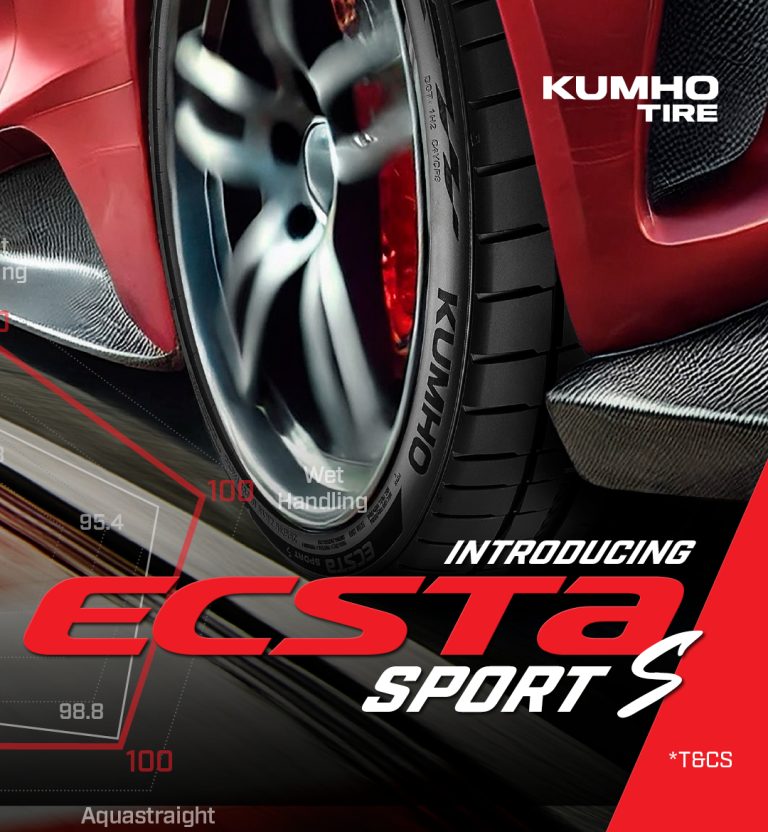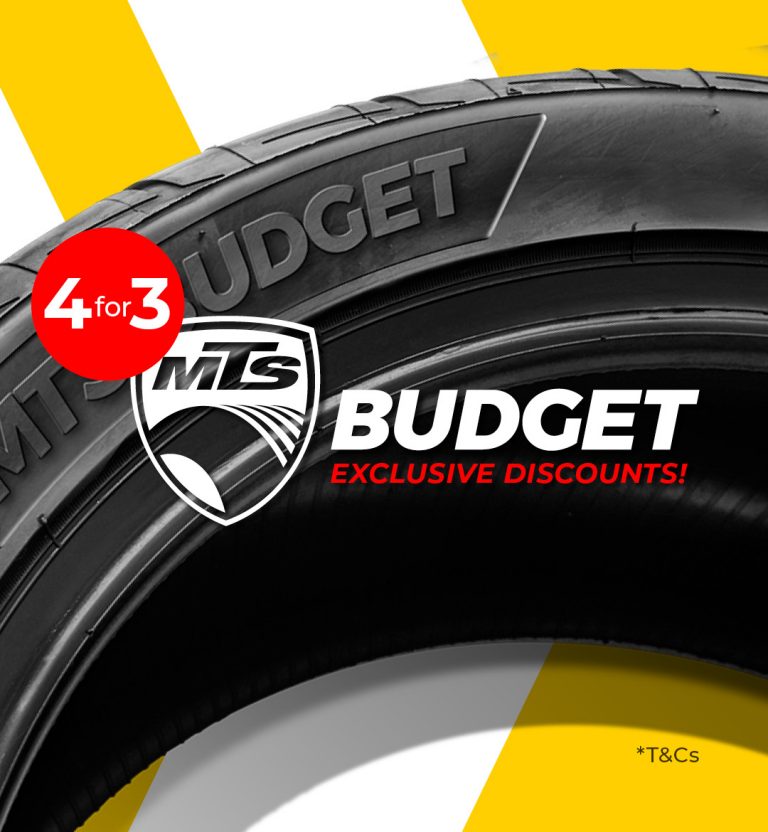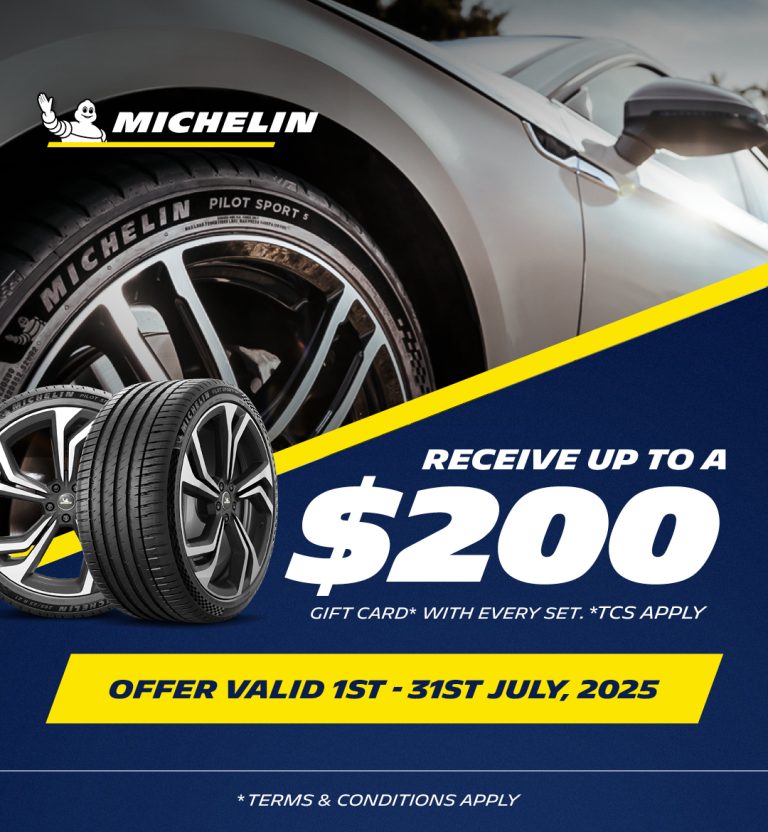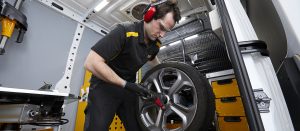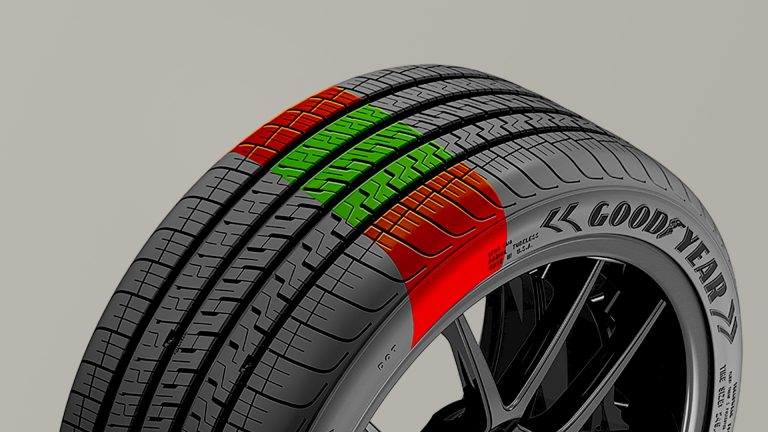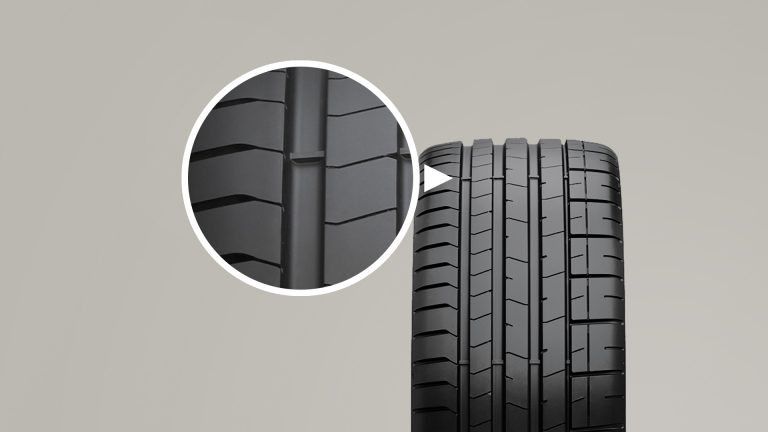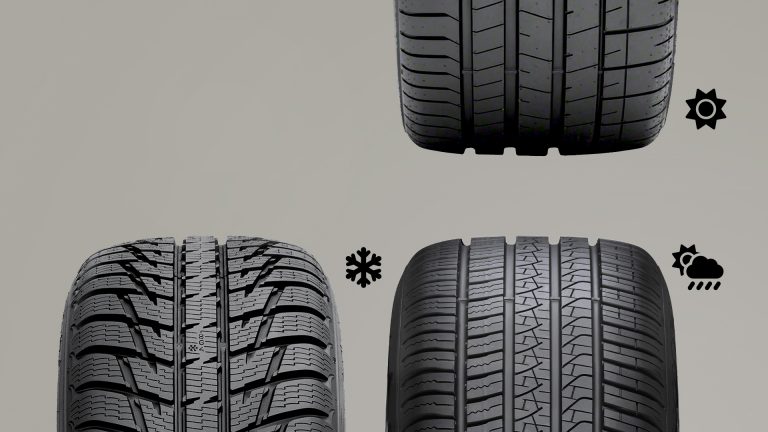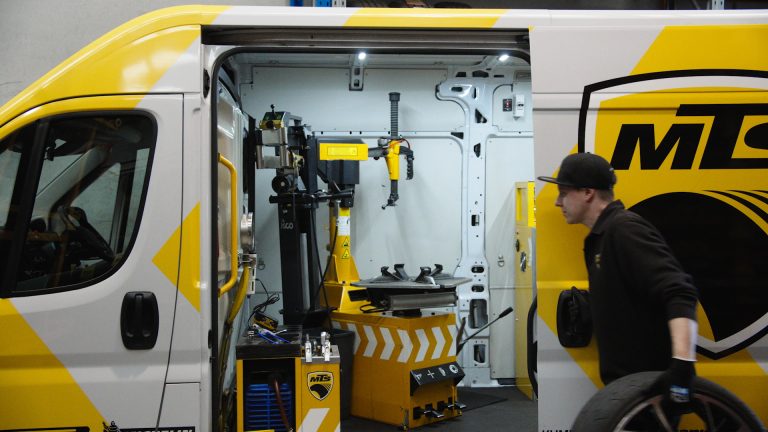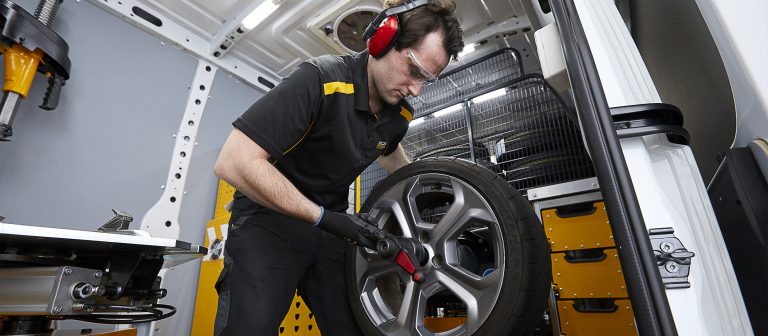01 Jun 2023
Caring for your tyres: fact and fiction
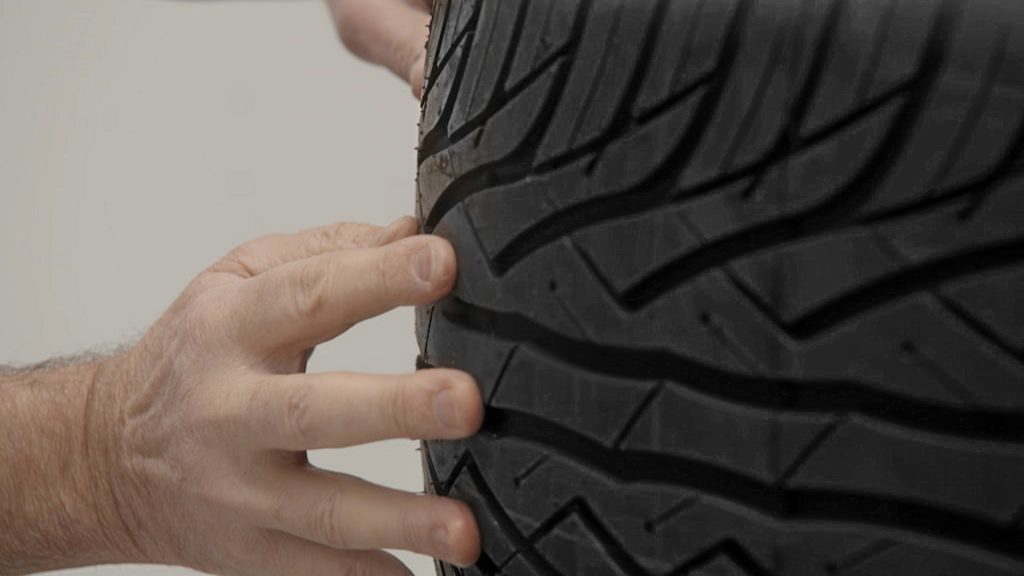
Most people don’t think about their tyres until it’s time to change them. But paying attention to pressures, alignment and balancing can gain you thousands of extra kms out of each tyre, lower running costs and increase your family’s safety on the road.
THE FACTS
Tyre pressure
A common mistake when it comes to tyre care is assuming that the correct pressure for any tyre is the PSI or KPa rating stamped on its sidewall. This is not actually the case. The correct pressure for your tyres is found on a placard mounted within the frame of your car’s driver’s side door. This tyre pressure, not the one stated on the tyre itself, is what your car was designed to run with,
Balancing
Balancing is another easy way to save money by extending the life of your tyres. Wheels that aren’t balanced cause vibrations that can compromise your tyres, suspension, and steering. More-so, the vibrations that unbalanced tyres can cause reverberate up through the chassis and running gear of your car and can contribute to all manner of problems from loose screws and hinges to worn bushes and damaged bearings, affecting the longevity of the vehicle itself.
Age
As simple as it sounds, keeping an eye on the age of your tyres is important too. Because it is a naturally occurring compound, (admittedly with quite a few modern goodies mixed in these days), rubber degrades and perishes over time and can become hard and brittle. It is an accepted general rule that your car should not be fitted with tyres any older than 10 years of age. They should be removed once they reach this age, regardless of appearance, mileage or actual wear as a perished tyre is more likely to puncture or suffer a blow-out at speed.
Worried about the age of the tyres already on your car? Thankfully, tracking the age of your tyres is relatively easy. The sidewall of all modern tyres is marked with a four-digit number in an oval border that indicate when they were manufactured. The first two digits indicate a week and the second two digits indicate a year. So, if number on your tyre is 1221, the tyre was manufactured in the 12th week of 2021.
Some tyres only have a three-digit number, but these were made before 2000, so they should be changed immediately.
Parking situation
Tyres don’t only wear out when they’re in motion. In fact, many experts believe that keeping a tyre stationary and/or exposed to fluctuating weather conditions can do just as much damage.
As explained earlier, rubber is a natural compound, so direct sunlight can age, crack and warp them over time. The consistent UV rays plus the incessant weight of the car distorting the tyre in only one direction can also lead to the tyres developing flat spots. To prevent both forms of damage, it is recommended to move your vehicle backwards and forwards at least once every week -and park in shade or under cover wherever possible.
Contact with Chemicals
We know we’ve said it a few times in this article, but rubber is a natural compound. And this means it can react when it comes into contact with chemicals and solvents. To prolong the life of your tyres, avoid parking on or driving through grease, oil, petrol or diesel. This is not always avoidable, but if you are aware that you may have driven through such a chemical, always clean your tyres as soon as possible afterwards.
Rotation
Finally, to avoid uneven wear, it is recommended to rotate your tyres once a year. This remains one of the most cost-effective and safe measures to increase the life of your tyres – and we’re happy to help you with this service at Mobile Tyre Shop.
So that’s our definitive lit of tyre care tips, all done. “But I have read other tyre care recommendations, strategies and tactics on other websites”, we hear you say. “How can you be some confident in your list, MTS Team, when there are so many other things I can do?” we hear you add. Well, to this all we can say is that unfortunately there are quite a few people who prioritise saving money or stretching the truth (for the sake of a good story) over safety. So let us dispel a few common myths – starting with the most bogus of them all.
THE FICTION
Taking your car to a mechanic means you don’t need to get your tyres checked
As a driver, it is your responsibility to ensure the safety of your vehicle at all times, and that includes making sure that your tyres are in working order. Never assume that your mechanic will check your tyres.
Even if your mechanic does check your tyres, your tyres can wear down significantly between visits. In this respect, with the quality of car manufacturing improving all the time, it’s important to keep in mind that service intervals are becoming longer and longer for modern cars – and it can now be up to 15,000km or even 20,000km between mechanic visits.
Aggressive driving can wear a brand new tyre completely bald in this time. Knowing how to spot the signs that your tyres need servicing is an important skill for every driver. Do you know what tyre damage looks like? [Learn here]
Making a regular habit of inspecting your tyres for things like tyre pressure and tread wear is beneficial to your vehicle’s safety and your back pocket. Properly looked after tyres last longer, saving you money over time.
Filling your tyres with nitrogen improves tyre performance
If you’re a car racer seeking better lap times or just a true tyre nerd (like us), you might have heard that filling your tyres with nitrogen slow the natural pressure loss that occurs after you fill your tyres with normal air. This is because N2 has a smaller molecule size than O2 – and so it may permeate through the rubber that makes up your tyres more slowly. This is a great claim and though there is merit in the thinking, the size difference between the two molecules actually is only 2.6% – so we think the claim is 97.4% cods wallop.”
You may also have heard that, because no oxygen is present, filling your tyre with nitrogen reduces internal oxidising in the tyre. And again, though this sounds passable as a theory (because oxidisation can be corrosive) it would take decades for the process to cause any real damage to the internal wall of the tyre. Considering the fact that manufacturers recommend that no tyre should ever be used once it is beyond 10 years old, this really is a moot point.
Finally, you may have heard that Nitrogen responds better to temperature changes. This is categorically false. Both oxygen and nitrogen are ‘ideal gasses’, which means that their pressure and temperature rise at pretty-much the same rate.
Far from just selling tyres, at Mobile Tyre shop we’re here to help you for the long run. For tyre sales, wheel inspections, balancing and rotations, or if you just want some friendly advice, our tyre specialists are available online or on the phone 7 days a week.


